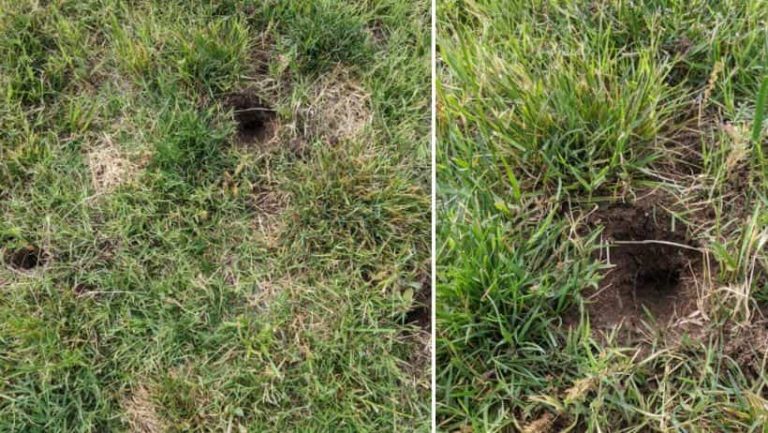Best Pre-emergent for Centipede Grass
A lush spread of Centipede Grass is a thing of absolute beauty. Centipede Grass is a slow-growing, low-maintenance grass that makes gorgeous turf in low-traffic areas. Still, it needs upkeep to stay healthy.
Centipede grass turf is susceptible to weeds, especially since its seeds tend to sprout later. Post-emergent herbicides applied on weeds already present on the lawn usually don’t eliminate the weed seeds in the ground. You’ll need a pre-emergent herbicide to control weed seeds on your Centipede Grass lawn.
Let’s explore some of your best options to keep weed seeds at bay.
Can you put pre-emergent on centipede grass?
You can apply a pre-emergent weed killer on mature centipede grass to suppress the germination of any weed seeds present in the soil. Pre-emergent herbicides inhibit weed seeds from sprouting into seedlings by forming a chemical barrier in the soil, essentially preventing the seed roots from growing downwards during germination.
However, you should not apply pre-emergent herbicide if your centipede lawn was recently overseeded, as it’ll also inhibit the grass seeds from sprouting. Even if the seeds have already sprouted into young seedlings, applying a pre-emergent is not advisable until they’re fully mature and the lawn is fully established. Pre-emergent herbicides can also kill seedlings whose roots are still developing.
Best pre-emergent for centipede grass
The best pre-emergent herbicides for centipede grass are those that contain the following primary active ingredients: prodiamine, benefin, dithiopyr, surflan (oryzalin), and mesotrione.
| Weed Killer | Name + Brand | Features | My Rating | Reviews |
|---|---|---|---|---|
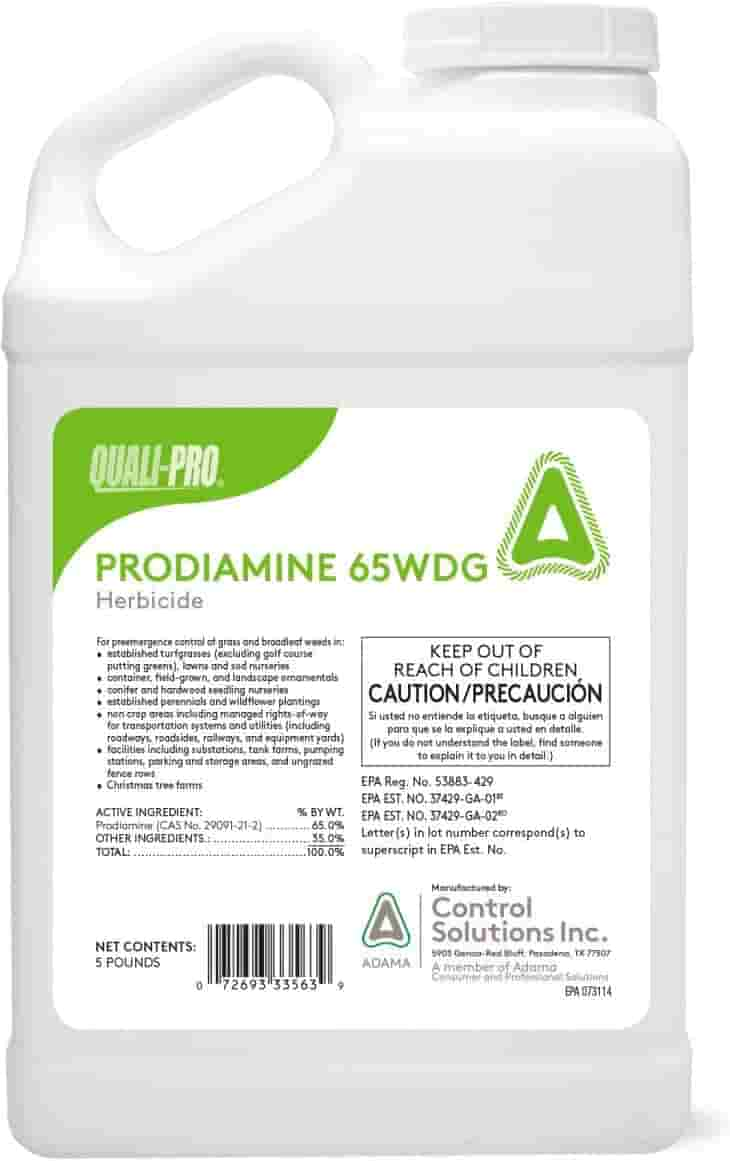 |
1. Prodiamine |
|
||
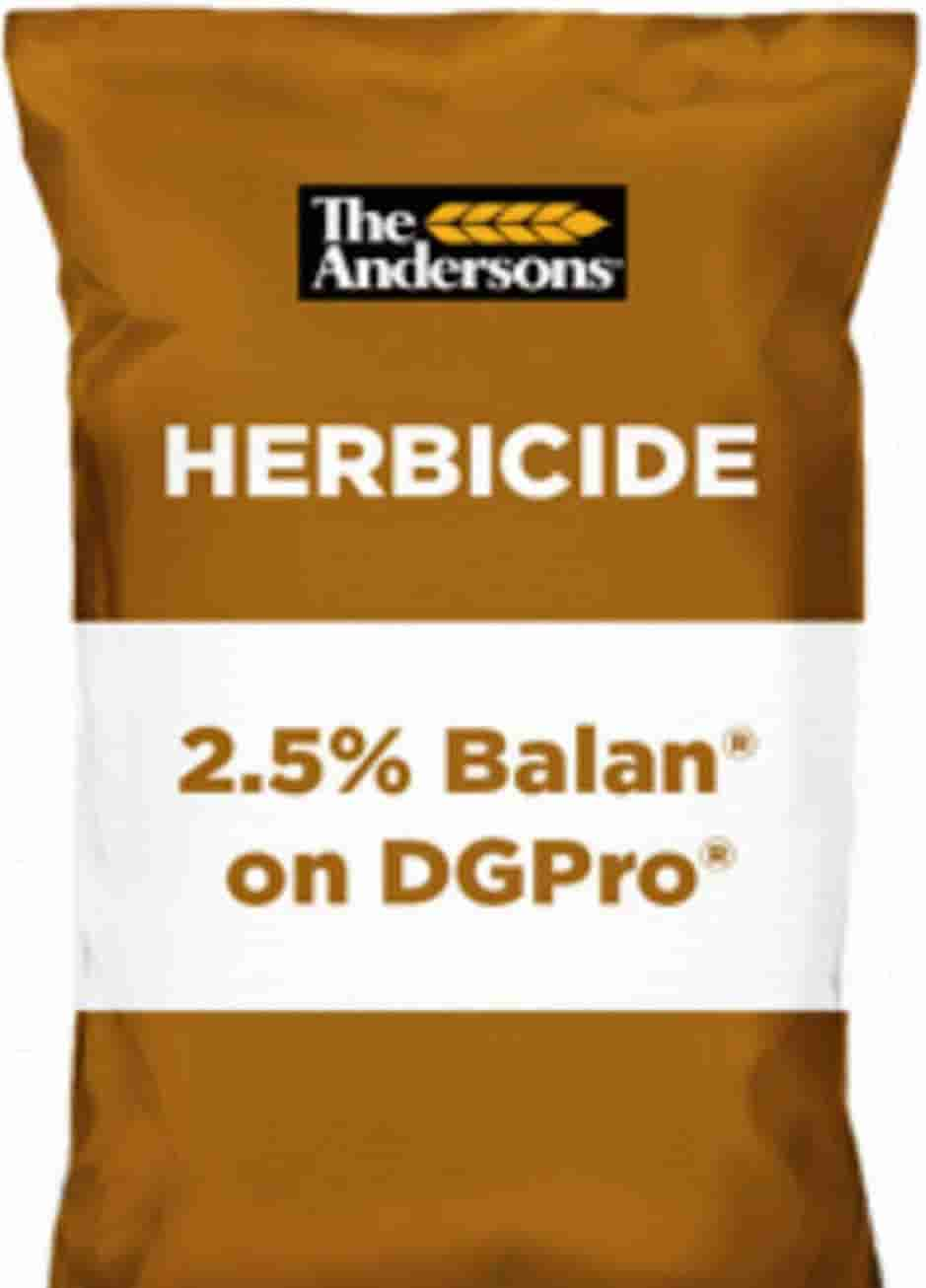 |
2. Benefin/Balan |
|
||
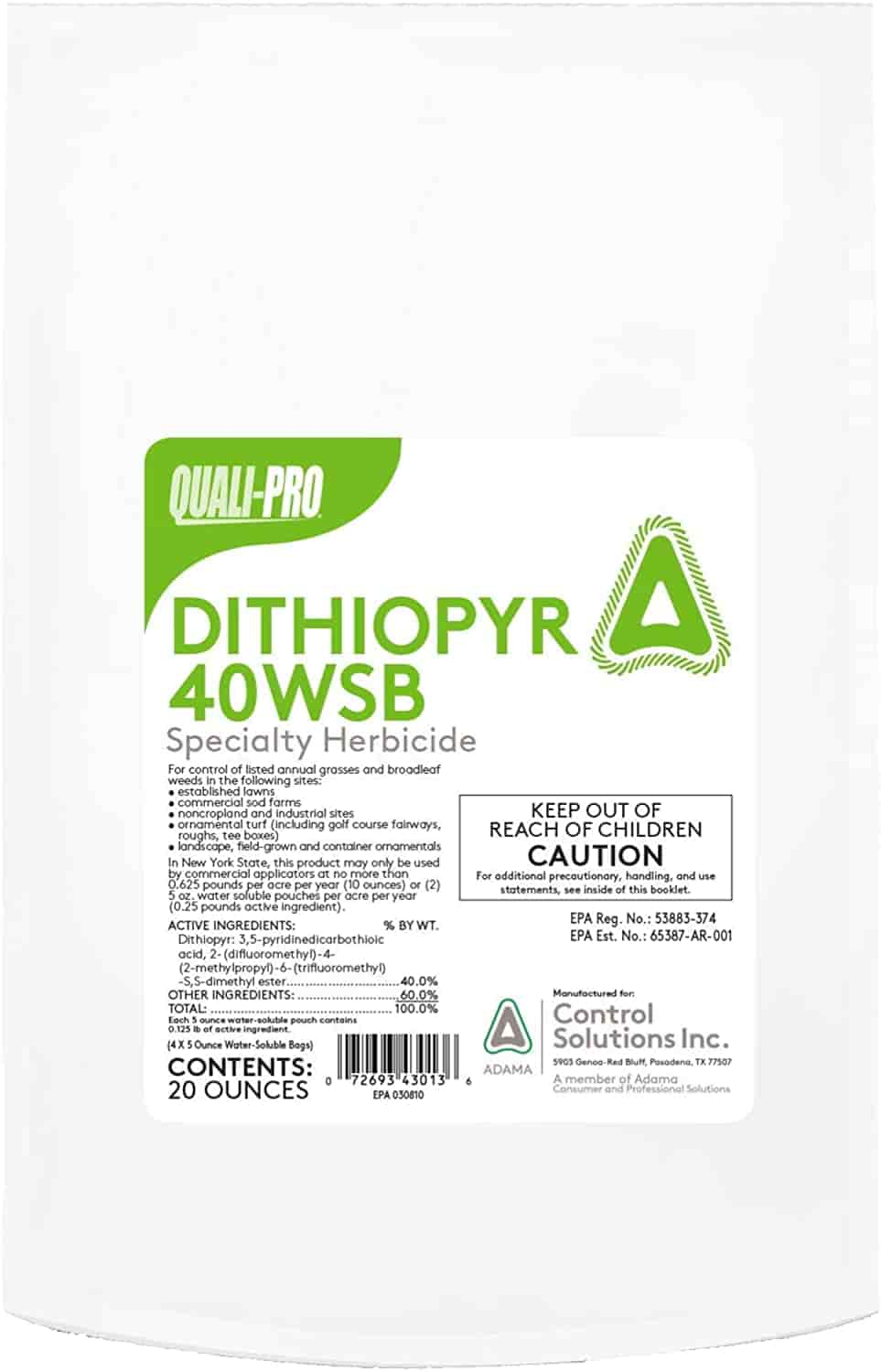 |
3. Dithiopyr |
|
||
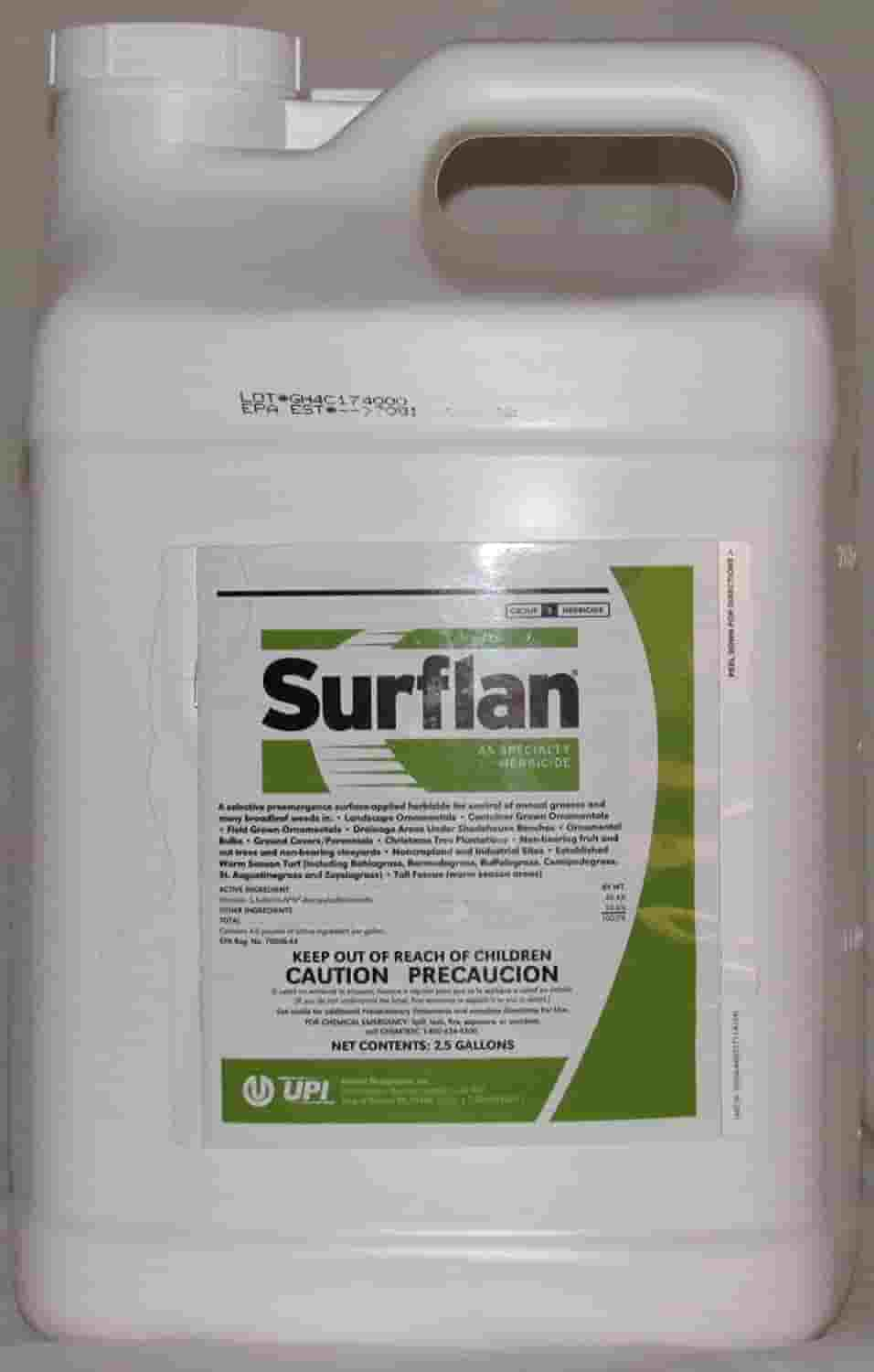 |
4. Oryzalin (Surflan- A.S) |
|
||
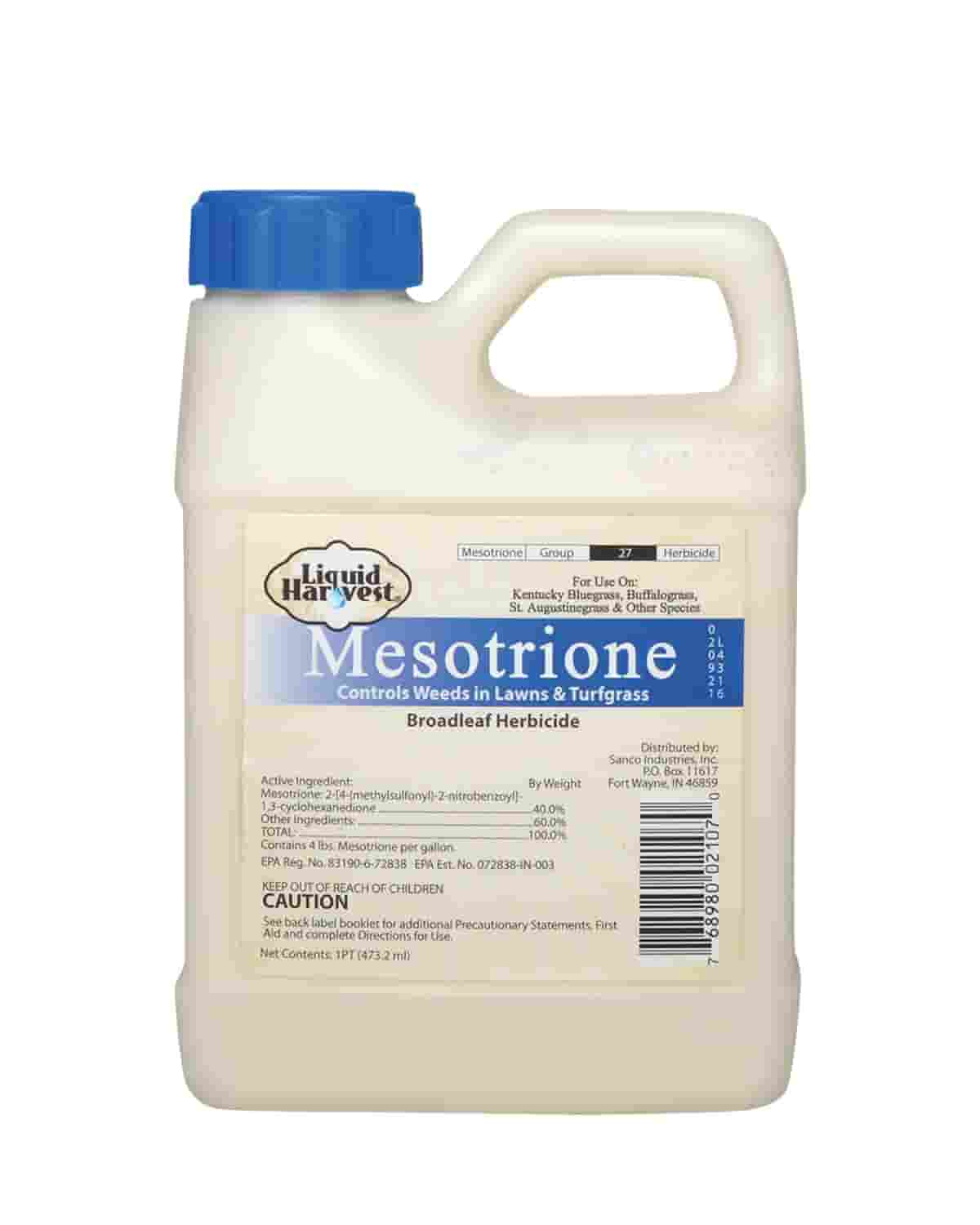 |
5. Mesotrione |
|
Prodiamine
Prodiamine is a popular pre-emergent weed killer commonly used to suppress the emergence of broadleaf and grassy weeds on centipede grass. It disrupts cell division, specifically hindering chromosome separation and the formation of cell walls. As a result, germinating weed seeds are unable to grow radicles.
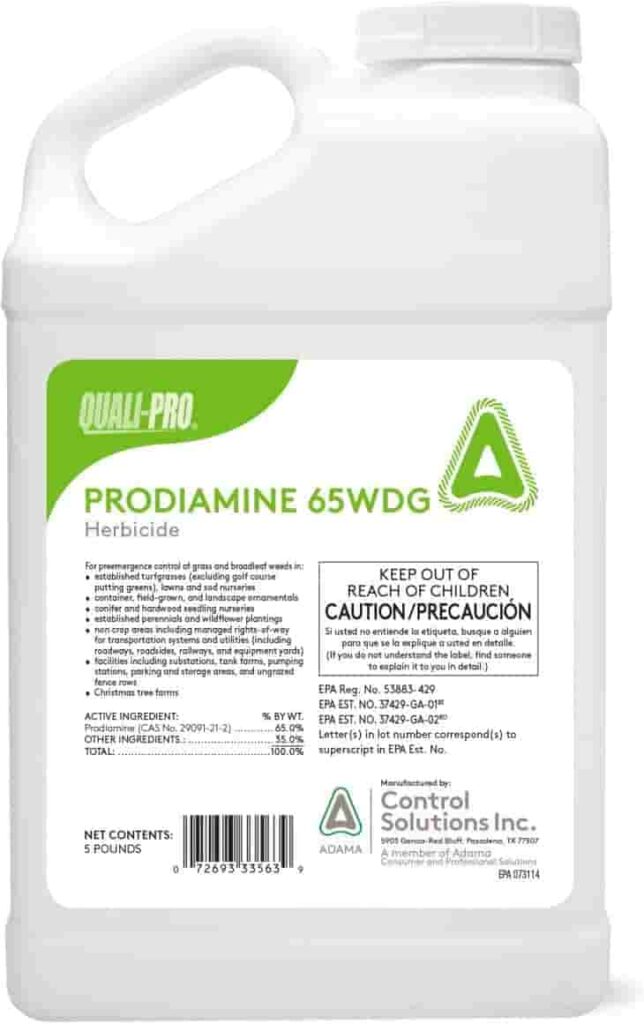
Products containing prodiamine as the key active ingredient are typically sold as water-dispersible granules (WDG) or in powder form. Premium-quality prodiamine-based products that you can use on your centipede grass turf include Nitrophos Barricade Granular Pre-Emergent Herbicide and Prodiamine 65 WDG (Barricade Herbicide).
Despite being effective on a wide range of weeds, the seeds of some weed varieties may be resilient to prodiamine. This is why you may need to reapply Prodiamine approximately a month after the first application to achieve 100% pre-emergent weed control.
Benefin
Benefin, also known as Balan, is a pre-emergent herbicide used to control grassy and broadleaf weeds in several turf types of grass, including centipede grass. It prevents common lawn weeds like red clover, knotweed, annual bluegrass, and seeded alfalfa from showing up on your centipede grass turf.
Benefin falls under a group of dinitroaniline herbicides that suppress weed seed germination by inhibiting cell division. This herbicide takes 4-8 hours after application to effectively soak into the soil and be absorbed by the weed seeds. Once absorbed, they stop cell growth by affecting the seeds’ microtubules.
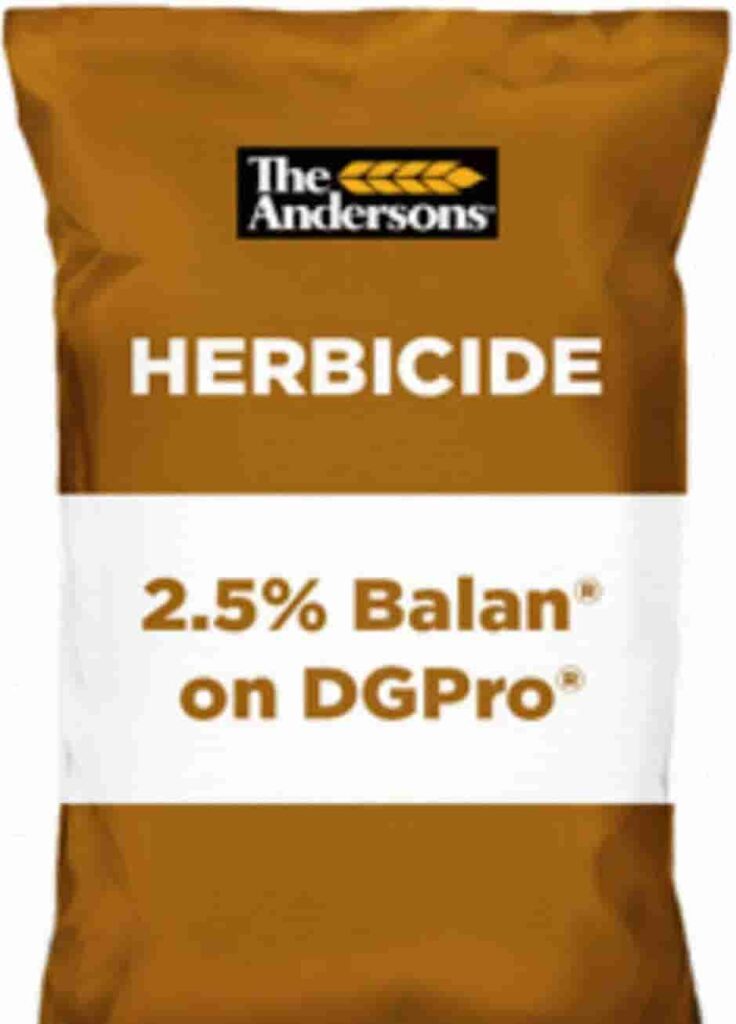
Note: Benefin is safe for use on both warm-season and cool-season grasses. It is also minimally toxic to humans and animals.
Pre-emergent herbicide products containing benefin as the primary active ingredient are usually available in granular form, soluble concentrates, or as liquids. Some popular benefin-based pre-emergents you should consider for your centipede grass lawn include Green Light Amaze Grass & Weed Preventer and Balan 2.5 G Pre-Emergent. Both of these products come in granular form and thus need to be watered in post-application for maximum effectiveness.
Dithiopyr
Dithiopyr is another herbicide that can be used to successfully suppress weed seeds from springing out in centipede lawns. This pre-emergent herbicide, though commonly used to control grassy weeds like crabgrass, can also prevent the emergence of various broadleaf weeds.
Dithiopyr disrupts microtubules, which facilitate growth by cell division. As a result, it stops mitotic cell division, thereby inhibiting root/radicle development in germinating weed seeds. Despite being a pre-emergent, you can also use dithiopyr as a post-emergent weed killer for crabgrass if the grassy weed has germinated but hasn’t started tillering.

Dithiopyr-based products are available in liquid, granular, and powder form and may have the primary ingredient’s tan shade and sulfur-like smell. They’re effective on grassy weeds such as annual bluegrass, crabgrass, and goose grass. You can also use Dithiopyr-based products to control broad leaves like spurge and chickweed.
Note: Commercially-available pre-emergent weed killers containing Dithiopyr include Quali-Pro Dithiopyr 40 WSB (Dimension) Herbicide and Hi-Yield Weed and Grass Stopper.
Rem: In the state of New York, it may only be used by commercial applicators.
Oryzalin (Surflan- A.S)
Oryzalin is a pre-emergent herbicide, and the primary active ingredient, Surflan-AS, which has been successfully used to prevent weed emergence in centipede grass by several turf growers.
As a dinitroaniline herbicide, oryzalin stops cell growth through microtubule disruption. This weed killer can be mixed with similar herbicides in a tank mix for improved effectiveness. However, you should check the manufacturer’s labelling on herbicides you can mix it with.
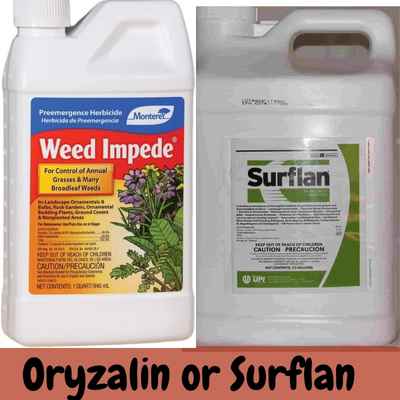
An 8-ounce container of Surflan A.S herbicide contains 40.4% oryzalin, which is enough to keep your centipede grass turf protected from weeds for up to four months if applied at a rate of 1.5-ounces per 1000 square feet. After applying surflan A.S on your centipede grass lawn, water the turf with 0.5-1 inch of water to activate the herbicide by transporting it to the weed seed germination zone.
Use surflan- A.S/ Oryzalin to control grassy weeds such as ryegrass, barnyard grass, and crabgrass. You can also use this pre-emergent weed killer to prevent common broadleaves such as spurge, pigweed, and chickweed.
Mesotrione
Despite being one of the lesser-known herbicides on this list, mesotrione is a pre-emergent herbicide that prevents broadleaf weeds from invading centipede grass turfs. Mesotrione is an HPPD inhibitor. It suppresses the formation of new molecules by disrupting the HPPD enzyme responsible for catabolism and biosynthesis.
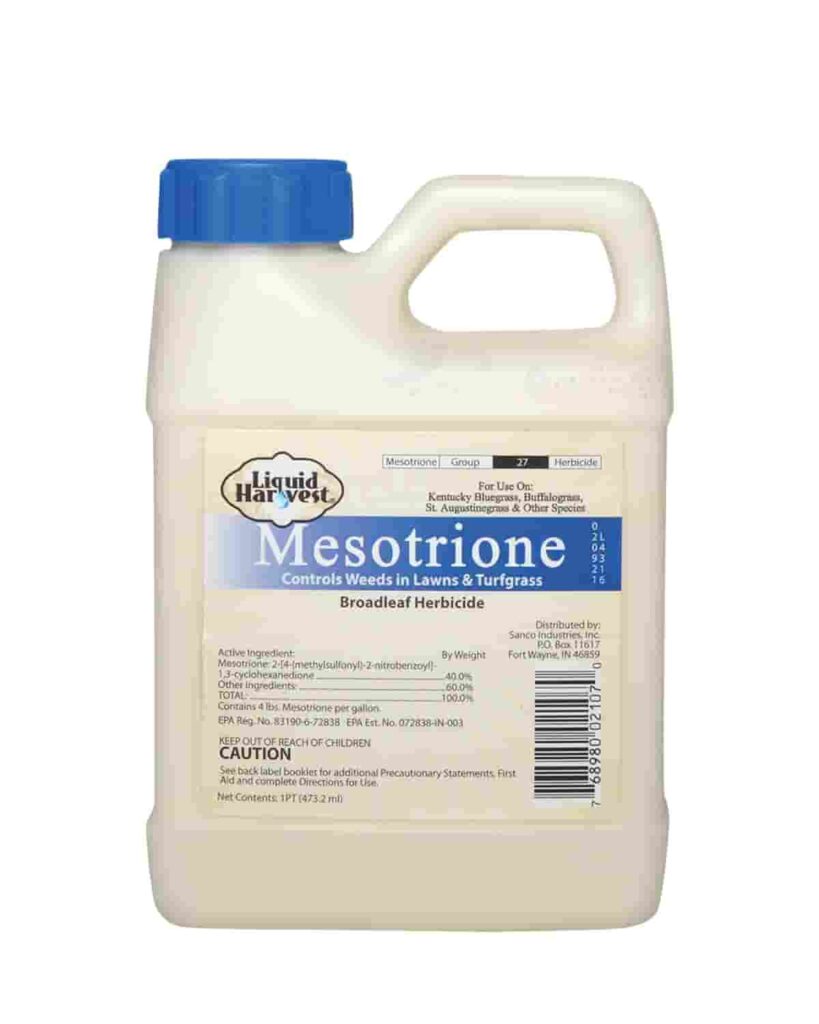
Note: Mesotrione, a systemic herbicide, is highly effective on broadleaf weed seeds but not so much on grassy weed seeds. It has a 40% active ingredient that inhibits photosynthesis in target plant or weed species.
Tenacity is a common mesotrione-based product that’s known to prevent weed emergence on centipede grass turfs effectively. Dilute this liquid with water before application. It will remain active in the soil for up to 2 months.
Note: DO NOT apply on bentgrass, poa annua, kikuyugrass, zoysiagrass, seashore paspalum, or bermudagrass.
When to apply pre-emergent on centipede grass
The best time of the year to apply a pre-emergent weed killer on your Centipede grass turf is in late winter/early spring when the soil warms up. That’s because pre-emergents work by thwarting the germination of weed seeds, and the soil has to be at the right temperature for weed seeds to germinate.
Spring and summer weed seeds lying underground start germinating when the soil warms up and reaches 50-55°F in the spring. Yet, pre-emergents can only kill weed seeds when they’re sprouting.
Note: Prevent annual summer weeds such as sand spurs, crabgrass, and goose-grass by early season application of pre-emergents.
Late winter-spring application of a pre-emergent on centipede grass is also crucial if you’re planning to overseed this warm-season grass with a cool-season turf grass variety in the fall for a lawn that stays green all year round. Remember, pre-emergents will kill grass seed, too, and some pre-emergents can stay in the soil for up to six months. Early application in the spring allows enough time for the herbicide to deteriorate so that you can safely be overseeded in the fall.
You can also apply a pre-emergent weed killer on centipede grass in the fall to inhibit the germination of common cool-season broadleaf weeds such as henbit, chickweed, and dandelion. Such weeds usually sprout in the fall and winter when the weather is cooler, and temperatures are below 70°F.
Note: Avoid applying pre-emergent herbicides in the fall if you’re planning to overseed, as the weed killer will prevent the grass seed from sprouting.
How to Choose a Pre-emergent for Centipede Lawns
It’s best to go for a pure pre-emergent weed killer and to avoid “weed and feed” products that combine pre-emergent herbicides with fertilizer. Centipede grass, a warm-season turf grass, shouldn’t be fertilized too early in the season. Fertilizing lowers the turf’s cold tolerance and increases its vulnerability to disease.
You should also check the active herbicide ingredients on a pre-emergent weed killer product, as some herbicides are more effective on broadleaf weeds than grassy weeds, and vice versa.
Finally, you should consider how long the pre-emergent stays active in the soil after spring application, especially if you plan to overseed in the fall. Go for a pre-emergent that breaks down after 4 months or less to ensure your cool-season grass seeds aren’t suppressed from germinating by a pre-emergent that’s still active in the soil.
For how long is pre-emergent effective?
Most commercially available pre-herbicides usually remain effective in the soil for 2-4 months. However, premium-grade pre-emergents can stay in the soil for 6-8 months. We recommend a second application 1-2 months after the first application to maximize the effectiveness period of pre-emergents with shorter lifespans.
The amount of rainfall your area receives also determines how long pre-emergent herbicides stay in the soil. The pre-emergent herbicide will likely break down sooner if your region has higher annual precipitation than what appears on the product’s labels.
Lawn maintenance practices may also reduce the duration of effectiveness of pre-emergents. For instance, core aeration by tilling breaks the protective barrier formed by the herbicide chemicals, thereby enabling weed seeds to germinate and penetrate the topsoil.
References
i. Jeffrey C. Silvertooth, Cooperative Extension, College of Agriculture & Life Sciences, The University of Arizona: Basic Pre-emergence weed control in lawns
ii. Clemson University Cooperative Extension, Home and Garden Information Center: Centipede Grass Yearly Maintenance Program

![What is Rhizome Grass and Stolon Grass? [With Examples]](https://lawnmodel.com/wp-content/uploads/2020/10/Rhizomes-3-768x576.jpg)
